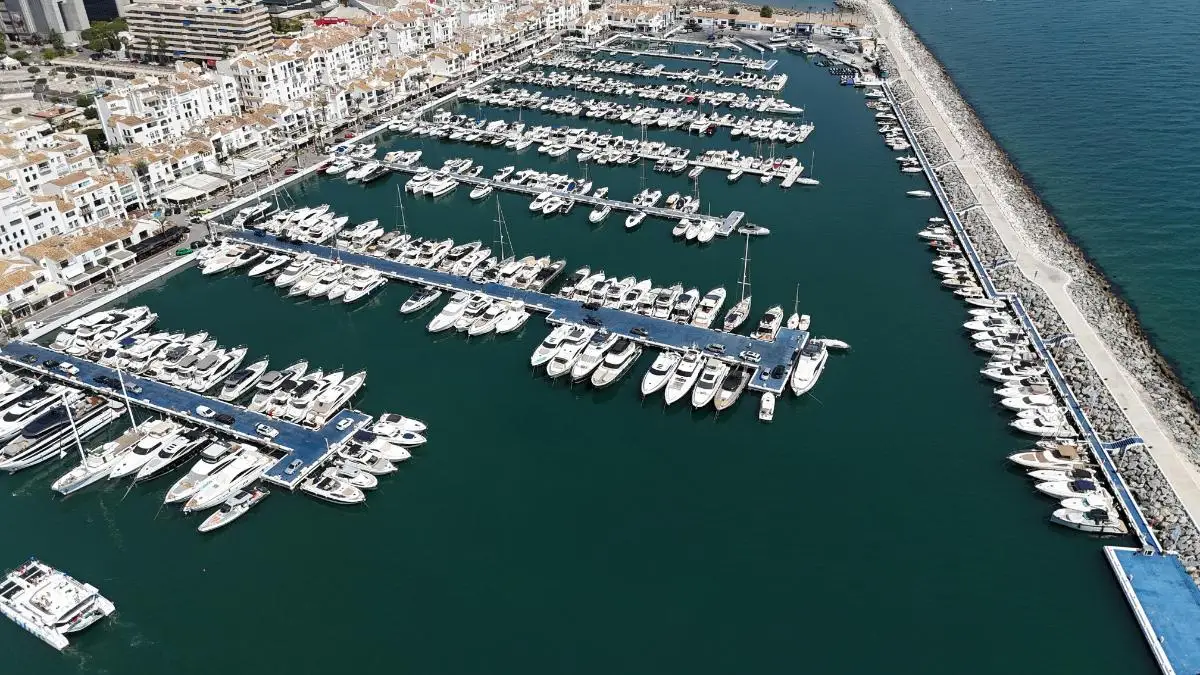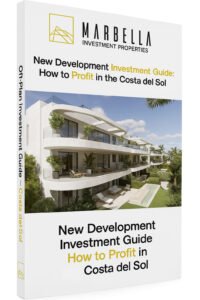Buying a Property in Marbella in 2025: Everything You Need to Know
1. Why Marbella is still a Top Choice in 2025 for Property Buyers
Marbella’s allure is unmatched. It boasts a warm Mediterranean climate, over 300 days of sunshine annually, and a vibrant lifestyle that blends relaxation with luxury. The area is famous for its pristine beaches, world-class golf courses, and upscale amenities, attracting a global audience of investors, retirees, and vacationers.
The real estate market in Marbella is robust, offering excellent potential for capital appreciation and rental income. Whether you’re seeking a personal residence or a profitable investment, Marbella provides a solid opportunity.
Real Estate Market Trend Forecast for 2025
The Spanish real estate market is poised for a significant rebound in 2025. Following a period of slowed sales due to high interest rates and economic uncertainty, experts forecast a recovery driven by several key factors. According to BBVA Research, the expected economic growth in Spain and the gradual reduction in interest rates will unlock pent-up demand, particularly among foreign buyers. This resurgence in activity is anticipated to stabilize prices and boost the number of transactions across the country, with Malaga remaining a prime destination due to its strong appeal to international investors
Additionally, a report by Euroval predicts that Malaga will see residential property prices increase by approximately 8.5% by 2025. This growth reflects the province’s continued popularity and the broader trend of rising property values in key Spanish regions.
While market dynamics are optimistic, challenges such as regulatory changes and housing supply constraints could influence this forecast. However, the general outlook remains positive, making 2025 an opportune time for investment in Marbella’s luxury and new-build property sectors.
2. Types of Properties Available in Marbella
Marbella’s real estate market caters to a variety of preferences and budgets. Here’s a breakdown of the main property types:
- Luxury Villas: Often located in exclusive neighborhoods like the Golden Mile or La Zagaleta, these properties offer privacy, expansive living spaces, and premium amenities.
- New Build Apartments: Modern designs, energy efficiency, and excellent facilities make these popular choices for both investors and residents.
- Penthouses: Perfect for those who want stunning views and a touch of exclusivity.
- Townhouses: Provide a balance between space and community living.
3. Top Areas to Buy Property in Marbella
1. Golden Mile
The Golden Mile is synonymous with luxury and exclusivity. Stretching from Marbella’s old town to Puerto Banús, this area is home to some of the most prestigious properties, including high-end villas and luxury apartments. Residents enjoy easy access to upscale restaurants, designer boutiques, and beach clubs.
- Why Buy Here: Ideal for those seeking a glamorous lifestyle with proximity to Marbella’s top amenities.
- Property Types: Luxury villas, beachfront apartments, exclusive penthouses.
2. Puerto Banús
Known for its bustling marina, Puerto Banús is a hotspot for luxury living and vibrant nightlife. The area is famous for its designer shops, upscale restaurants, and yachts. Properties here offer stunning sea views and easy access to the lively atmosphere.
- Why Buy Here: Perfect for those who love a dynamic, cosmopolitan lifestyle.
- Property Types: Modern apartments, penthouses with sea views, and luxury villas.
3. Nueva Andalucía
Often referred to as the “Golf Valley,” Nueva Andalucía is a favorite among golf enthusiasts. It’s a more residential and family-friendly area, offering a peaceful environment while still being close to Puerto Banús. The neighborhood features several top golf courses, international schools, and spacious properties.
- Why Buy Here: Great for families and golf lovers seeking a quieter setting with luxury amenities.
- Property Types: Large villas, modern townhouses, and new build apartments.
4. La Zagaleta
For those seeking ultimate privacy and exclusivity, La Zagaleta is one of Europe’s most luxurious gated communities. Nestled in the hills above Marbella, it offers breathtaking views, state-of-the-art facilities, and unparalleled security.
- Why Buy Here: Ideal for high-net-worth individuals looking for privacy and top-tier luxury.
- Property Types: Ultra-luxury villas and expansive estates.
5. San Pedro de Alcántara
San Pedro de Alcántara is a charming town that combines traditional Spanish charm with modern conveniences. It’s less crowded than other parts of Marbella, making it a great option for families and retirees. The area boasts a beautiful promenade, excellent restaurants, and a relaxed vibe.
- Why Buy Here: A quieter alternative to central Marbella with easy access to the beach.
- Property Types: Family homes, apartments, and new developments.
6. Sierra Blanca
Located just above the Golden Mile, Sierra Blanca is a prestigious area known for its luxurious properties and stunning views of the coastline. It offers a more secluded lifestyle while still being close to the city center.
- Why Buy Here: Ideal for those seeking a blend of luxury, privacy, and proximity to Marbella’s attractions.
- Property Types: High-end villas and exclusive apartments.
4. Exploring New Developments on the Costa del Sol
The Costa del Sol is a hotspot for new developments, and Marbella leads the way in offering modern, high-quality builds. These properties are designed to meet the demands of contemporary buyers, featuring open-plan layouts, energy-efficient systems, and premium amenities like pools and gyms.
Investing in new developments also comes with benefits such as builder warranties, lower maintenance costs, and the potential for customization during construction.
5. Working with a Real Estate Broker in Marbella
Navigating Marbella’s real estate market can be challenging without local expertise. This is where a knowledgeable real estate broker becomes invaluable. A good broker will:
- Help you identify properties that match your needs and budget.
- Provide insights into the local market and emerging trends.
- Assist with legal and financial procedures, ensuring a smooth buying process.
Partnering with an experienced broker in Marbella not only saves time but also ensures you get the best value for your investment.
6. The Buying Process: Step by Step
Buying property in Marbella involves several steps. Here’s a simplified guide:
- Research and Property Search: Identify your preferences and start viewing properties.
- Make an Offer: Once you find the right property, negotiate the price with the seller.
- Legal Checks: Hire a lawyer to ensure the property has no legal issues and that all documentation is in order.
- Sign a Reservation Contract: Pay a reservation fee to take the property off the market.
- Formalize the Sale: Sign the purchase agreement and pay a deposit (usually 10%).
- Final Payment and Notary: Complete the transaction at a notary, where the property is officially transferred to your name.
We also have a dedicated guide with all the steps in this page.
Conclusion
Marbella in 2025 continues to be a dream destination for property buyers. Whether you’re looking for a holiday home, a permanent residence, or a lucrative investment, this vibrant city offers endless possibilities. With the right guidance and information, buying property in Marbella can be a rewarding and seamless experience.
references:
BBVA RESEARCH:
https://www.bbvaresearch.com/en/publicaciones/spain-the-real-estate-market-from-less-to-more-in-2024/BBVA Research
IDEALISTA REPORT:
https://www.idealista.com/en/news/property-for-sale-in-spain/2023/07/19/137450-the-provinces-where-house-prices-will-rise-the-most-until-2025-according










